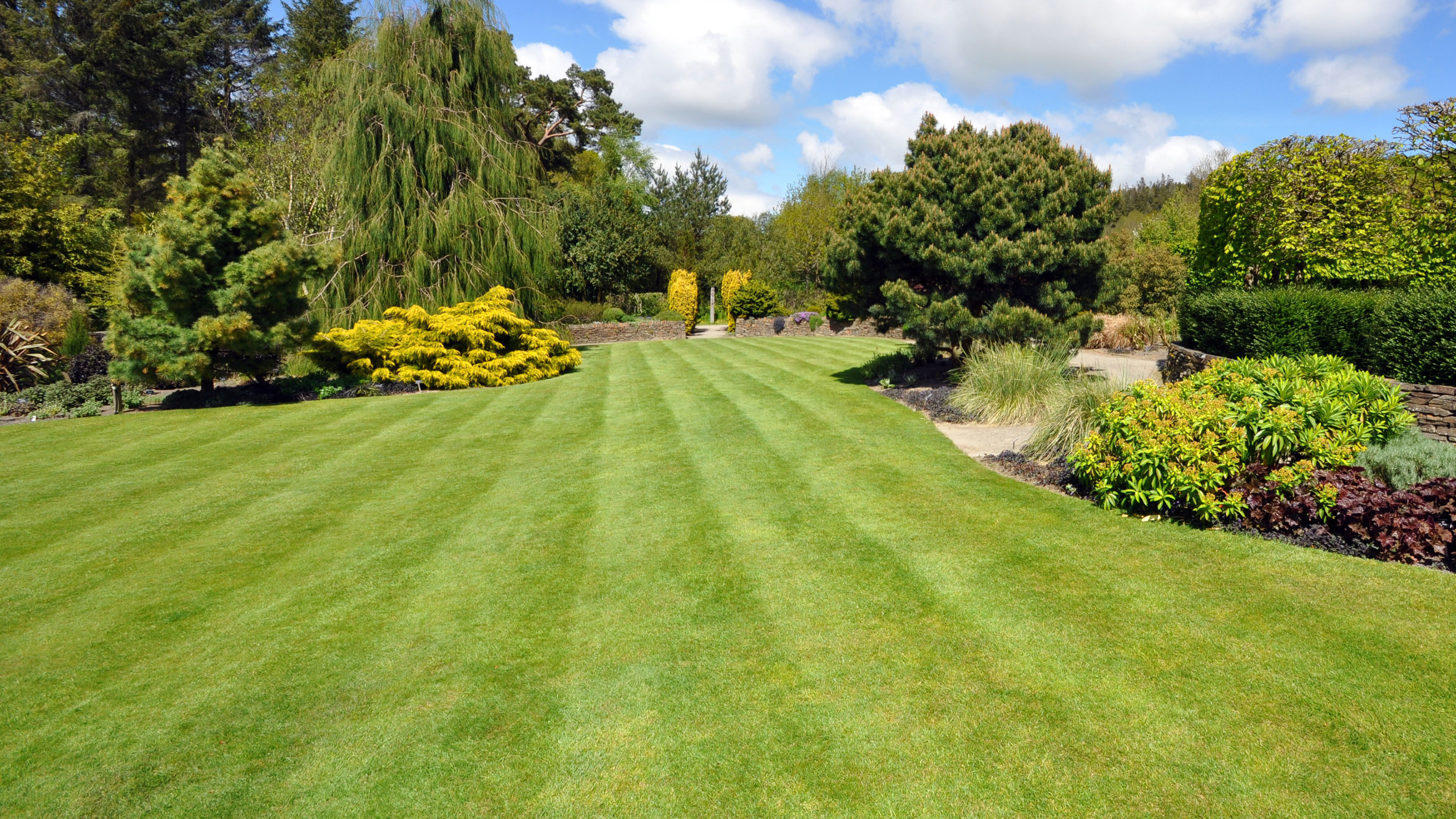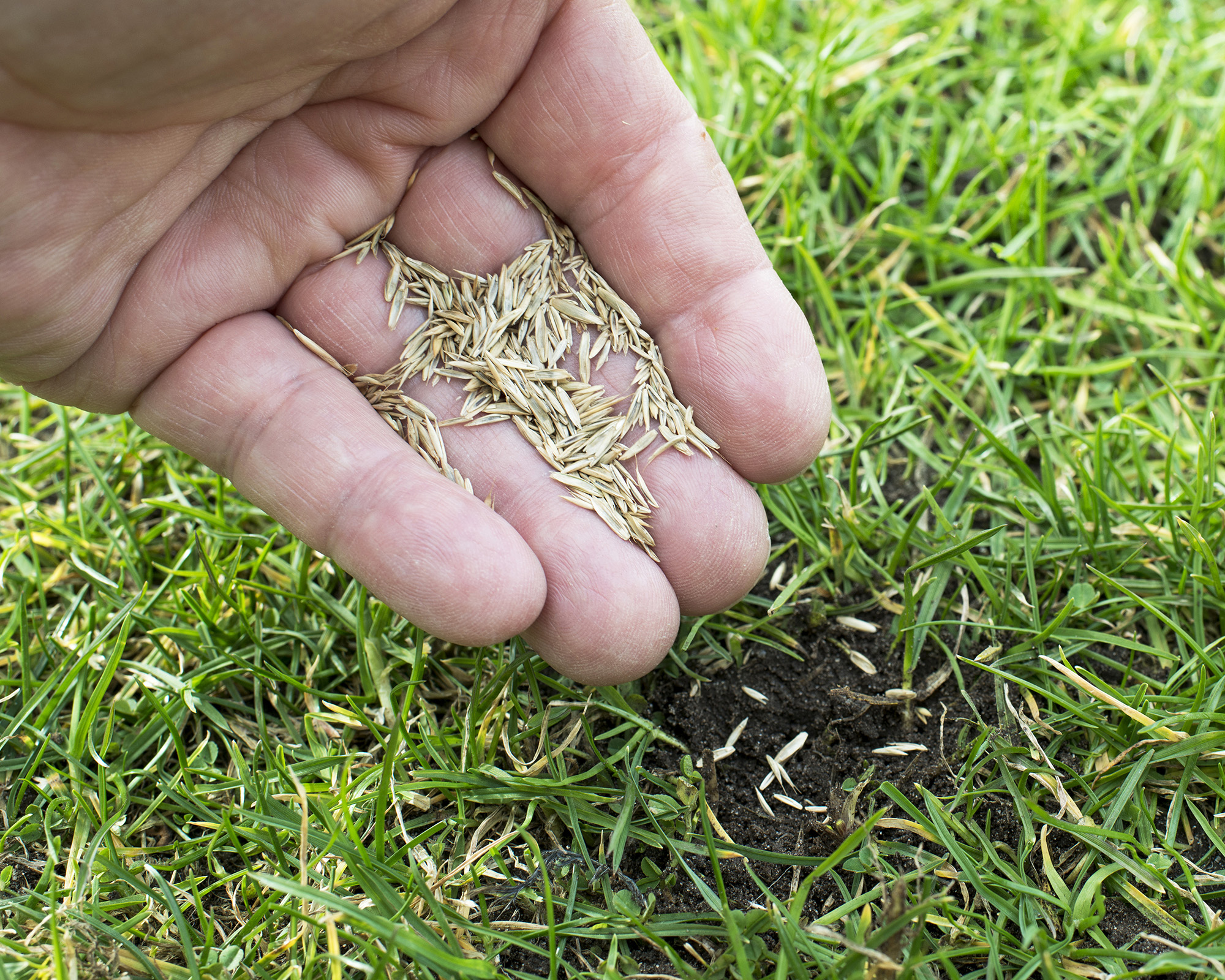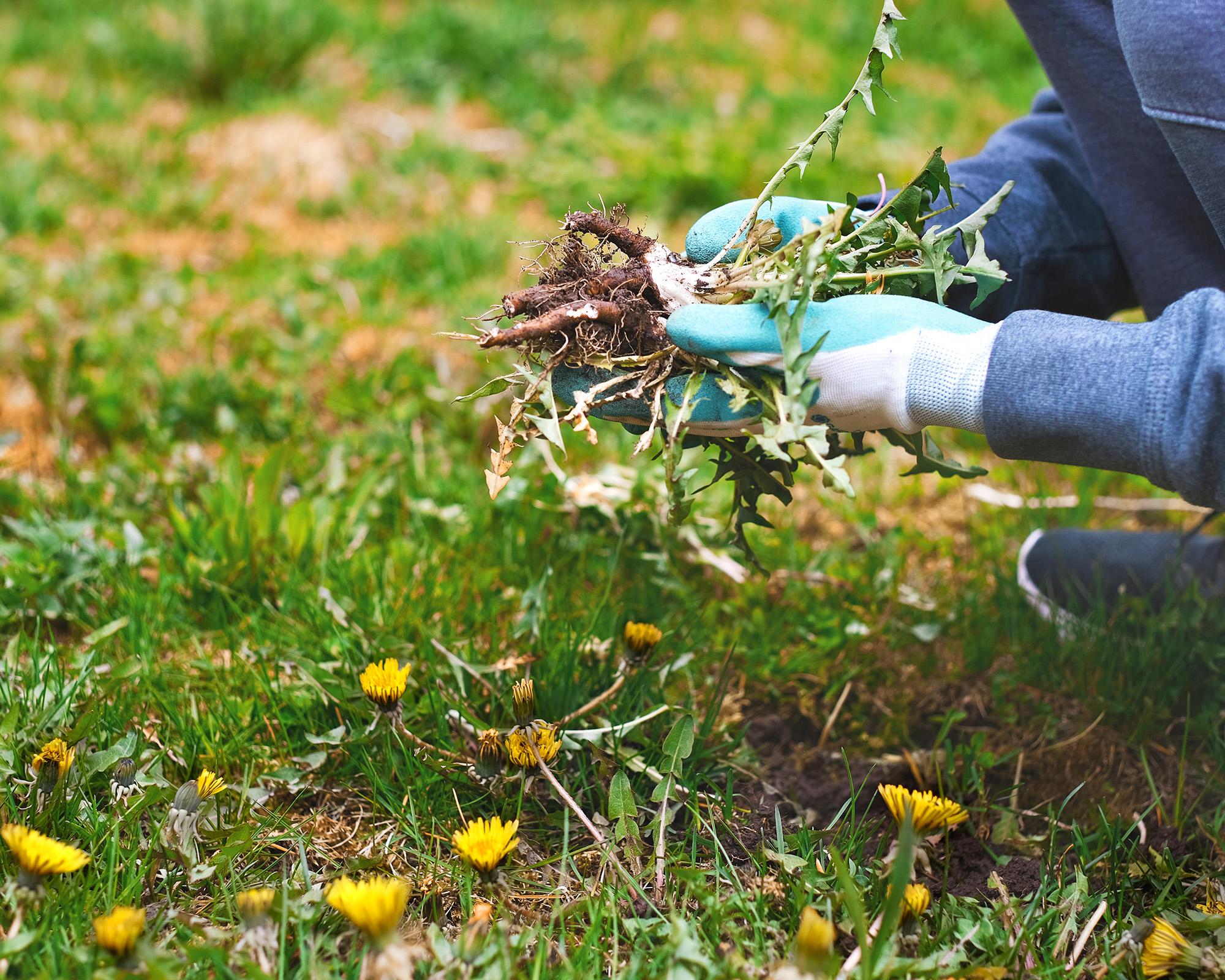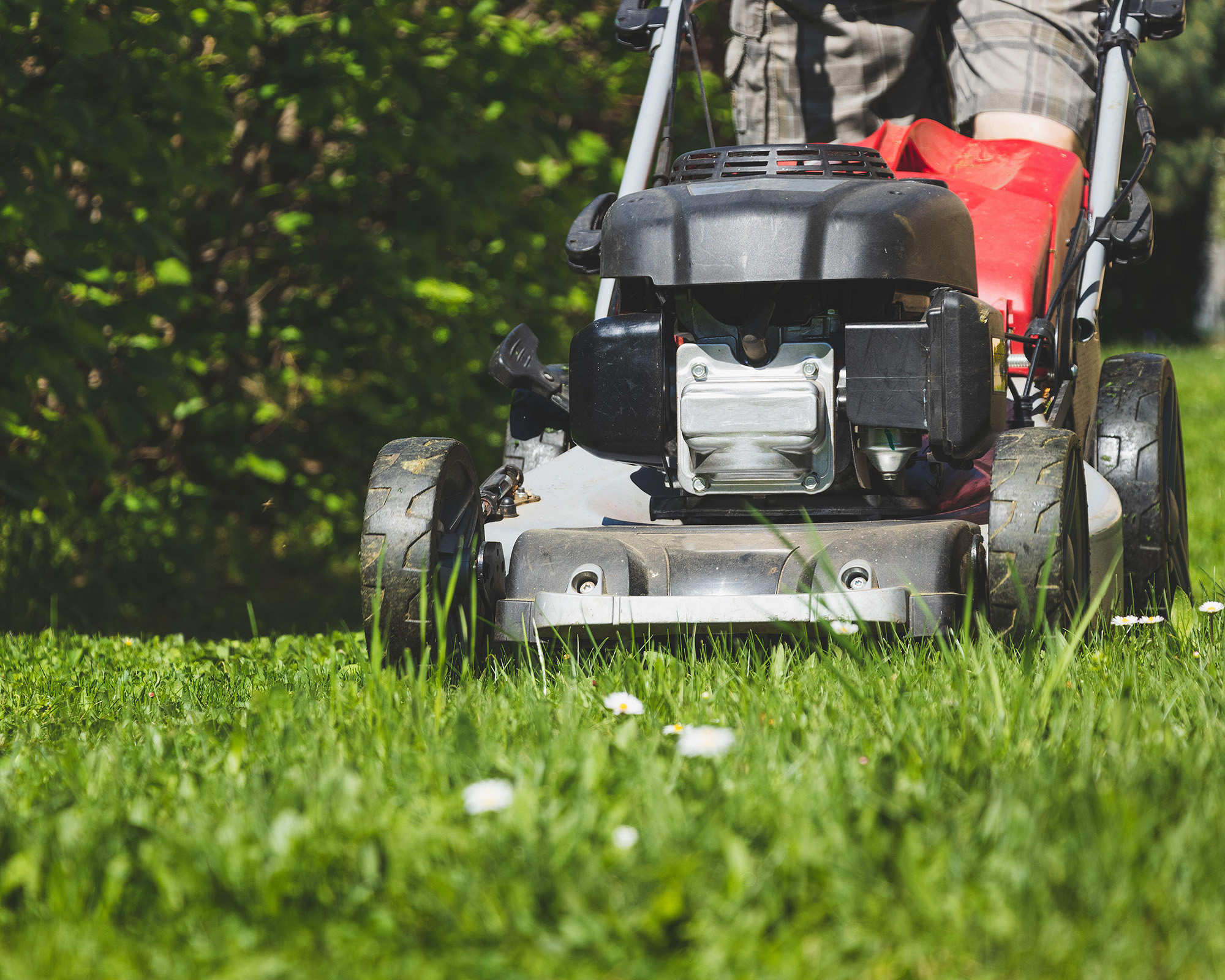How To Bring Your Lawn Back To Life – Your Essential Post-Winter Plan
Before winter fully surrenders to the glory of spring, make time to give your lawn some much-needed TLC. Follow our fool-proof plan and your grass will look lusher and healthier than ever before.


Your grass doesn’t really die in winter. Although it often looks dead, your lawn is going through a period of dormancy. It should green up with warmer weather and basic lawn care, but it might also look sparse and lifeless or even have patches of grass that don’t regrow.
Even though dormancy during winter is normal, it takes a toll on your lawn. The lack of maintenance, cold temperatures, and snow cover that blocks sunlight contribute to some degree of damage over winter. Use this spring to-do list to bring your lawn back to life after a long winter.
1. Rake And Dethatch To Let Grass Grow
Even if you raked up leaves in the fall, your lawn likely has some debris left on it after the last snow melts: blowing leaves, twigs and branches, and dead grass. Remove this material to make way for new growth and any reseeding you need to do.
In addition to regular raking, dethatch your lawn. Thatch is the matted layer of dead grass that sits between the soil and living grass. A thin layer of thatch protects the roots, but a half inch or more can prevent water and nutrients from penetrating the soil.
Use a dethatching rake or electric dethatcher for larger areas.

2. Scarify Dead Patches
As you rake it, check all over your spring lawn for areas of grass that are dead and beyond repair. They are unlikely to recover as the weather warms unless you intervene.
Use lawn tools to remove the dead grass, a process known as scarification. Rake up and dispose of the dead material, leaving a clean area for new grass to grow. If the patches are small, they may fill in on their own. If larger, prepare the patches for seeding by loosening and turning the soil.
Sign up for the Gardening Know How newsletter today and receive a free copy of our e-book "How to Grow Delicious Tomatoes".
3. Aerate To Loosen The Soil
Lawn aeration loosens up compacted soil to allow more water, oxygen, and nutrients to get to the roots of your grass. It also improves drainage. Aeration is a relatively simple matter of poking holes in the ground. You can do this by hand with a pitchfork.
This can obviously become time-consuming, so rent an aerator for larger areas or hire a landscaping service to do the job quickly.

4. Overseed To Boost Grass Density
Once you’ve prepared the soil, you can reseed the bare patches and overseed the entire lawn to fill in areas of low grass density.
Spend a little extra time and care on the completely bare patches. Seed them by hand and consider applying a cover, like straw, to protect the area until the grass grows. For larger areas, use a seed disperser to evenly distribute grass seed.
Water after putting down seeds and keep foot traffic off the lawn as much as possible.
5. Fertilize To Promote Spring Growth
Spring is a crucial time to feed your lawn. The grass needs nutrients to regrow as it comes out of dormancy.
Use a light application of a quick-release lawn fertilizer. For large lawns, use a granular product that you can broadcast with a spreader. This tool allows you to cover a large area quickly and evenly. For a smaller lawn, you can use a liquid fertilizer.
Whichever method you use, you should see new green growth within a few days.

6. Get Ahead Of Weeds
Weeds in the lawn are not just unsightly. They also compete with grass for water and nutrients. They can quickly take over as the weather gets warmer in spring, so it’s important to get a head start.
Pull weeds by hand, getting all of the root, or use a selective herbicide.
Crabgrass is a common weed in lawns, and the window for a pre-emergent solution is short. The rule for getting ahead of crabgrass is to apply a pre-emergent product after at least three days in a row of 55°F (13°C) soil temperatures. Once the soil gets warmer, crabgrass will grow out of control.
7. Start A Watering Routine
Growing grass needs a nutrient boost from fertilizer, but it also needs water. Many regions get plenty of spring rain, but if your lawn isn’t getting enough rainfall, start watering regularly. Aim for about an inch of water per week for healthy growth.
Before the heat of summer, it’s best to water lawns in the morning. This allows any excess water to evaporate by nightfall, preventing fungal growth on the grass.

8. Mow When The Time Is Right
Early spring is a great time to get the mower ready for action. Change the oil, and if needed, replace any spark plugs and the air filter. Fill it up with fresh fuel. If you didn’t do so in the fall, clean under the deck of the mower. Sharpen or replace dull blades, which can tear up grass and cause damage.
The timing of the first mow depends on your local climate, temperatures, and grass growth. Before mowing the lawn, wait until new seedlings have sprouted and are big and strong enough to withstand a cut. Set the mower height to remove no more than one-third of the height of the grass blades.
These simple steps will help revive your grass after its dormant period, paving the way for a lush, green, and healthy lawn for the rest of the season.

Mary Ellen Ellis has been gardening for over 20 years. With degrees in Chemistry and Biology, Mary Ellen's specialties are flowers, native plants, and herbs.